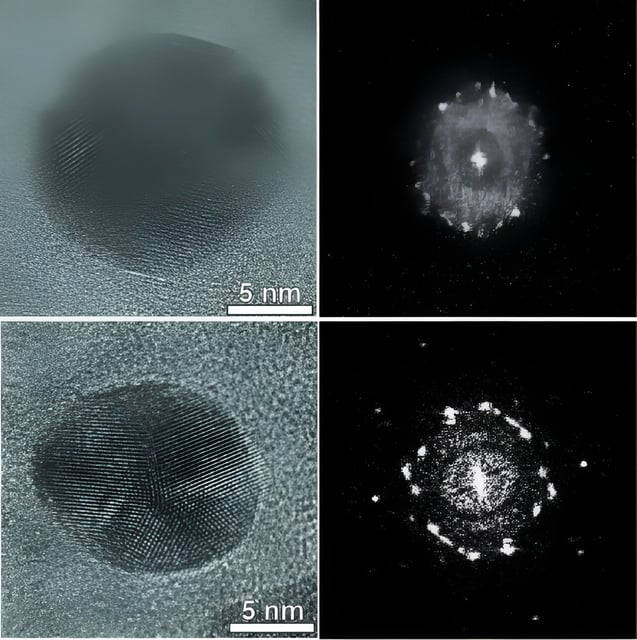Overview
- Researchers at Northwestern University have developed an ultra-thin ceramic membrane for real-time analysis of gas molecules, inspired by honeycomb structures found in nature.
- The new membrane significantly reduces background scattering from electrons, enhancing image resolution and contrast in high-vacuum transmission electron microscopes.
- The development enables distinction between similar-looking molecules like carbon dioxide and carbon monoxide, which are critical in emerging clean energy technologies.
- The technique has achieved the highest spatial resolution and spectral visibility recorded in the field to date, with potential applications extending beyond electron microscopy.
- The breakthrough could lead to substantial improvements in clean energy and battery technologies by understanding how fluids interact with nanoparticles at a molecular level.
